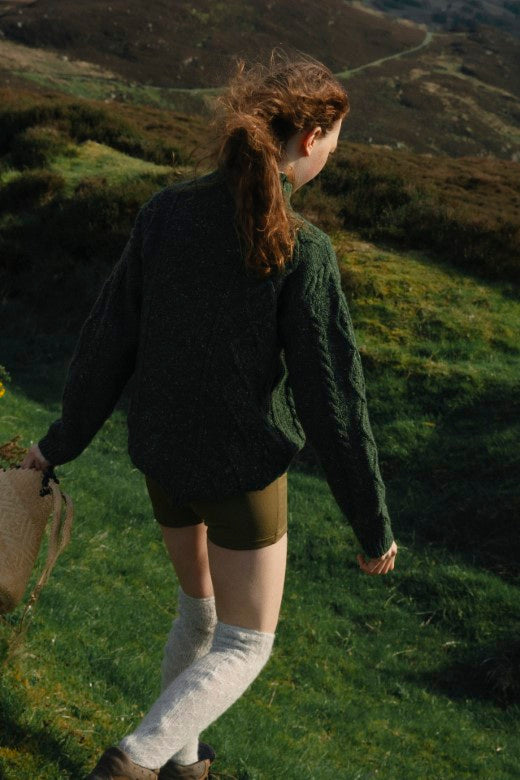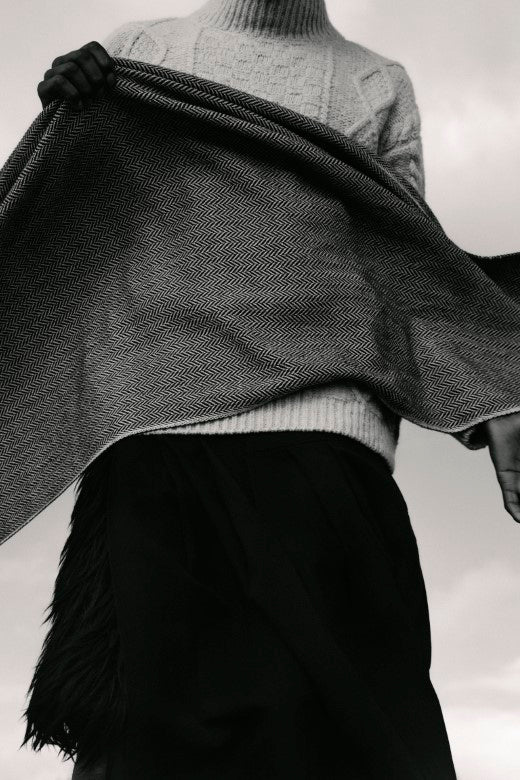Visit Ireland
Subheading
11 Special Things To See & Do in Ireland
Welcoming, friendly and laid-back Ireland. This is how its so often described by visitors to the island on the Western edge of Europe.
Here are 11 Special Things To See & Do when you Travel to Ireland.1. Experience the ancient life of the Aran Islands are one of the most remote, windswept and rugged places in Europe and offer the visitor a once in a lifetime opportunity to travel back to the past. This is a view to how Ireland as it once was. Irish (Gaelic) is the first language and there are a mere 12,000 inhabitants. The great stone fort of Dun Aonghasa and the towering cliffs of Aran will be always remembered once seen. The three islands - the largest being Inishmore, then Inishmaan, and the smallest is Inisheer - offer you a local culture experience quite different from that of the mainland, while the archaeological heritage cannot be found elsewhere and the rich scenery is uniquely breathtaking.
2. Sink a pint of Guinness in the heart of the legendary St. James’s Gate Brewery. Synonymous with Ireland, a trip to the Guinness Storehouse – the Home of Guinness stout, "the Black stuff" - is an essential. Long been Ireland’s number one International Visitor Attraction, spread across seven floors, this production site has been home to the Guinness Brewery since 1759, when Arthur Guinness signed a lease for 9,000 years. The Guinness Storehouse building dates back to 1904 and was once the fermentation plant of the brewery. The highlight for many visitors is the top floor Gravity Bar, symbolically the ‘Head of the Pint”, where visitors can enjoy panoramic views of Dublin city with a complimentary pint in hand.
3. Walk like Lords & Ladies around the Powerscourt House and Gardens, Co. Wicklow with its superb views, lakeside walks and a great history. The stunning backdrop of Sugarloaf Mountain gives this magnificent home, just 20 kilometers from Dublin, its grandeur. The Slazenger family house is set on 47 manicured acres, including the Rose Garden, Kitchen Gardens and Italian Gardens. There are more than 200 varieties of trees, shrubs, and flowers laid out over a period of 150 years and were designed to create an estate that blends harmoniously with the local surroundings. On site, in the former Palladian home, are craft and design shops and an excellent café/restaurant. A majestic attraction, its one of the top day trips from Dublin.
4. Cycle the disused railway tracks of the Waterford Greenway, a spectacular 46-kilometre off-road cycling trail along an old railway line between Waterford city and Dungarvan. The Greenway features 11 bridges, three viaducts and a 400-metre tunnel and passes along part of the Copper Coast. At 46km, it is Ireland's longest greenway and takes in several types of terrain while offering a safe way to cycle and giving the visitor unique views of this part of Ireland.
5. Pass a day as a local in and around historic Grafton Street with shopping, pubs, eating out and entertainment. Relax in one of the many cafes or pubs in and around the city centre street. Wander through the internationally known Trinity College Dublin, made famous again for the TV drama series Ordinary People, as well as Saint Stephen's Green, one of the capital's well maintained parks. And browse luxurious Irish designed and crafted lifestyle goods, accessories and homeware which you can easily travel home with in a store such as @STABLEofIreland, located beside the well known Westbury Hotel.
6. Walk the storm-battered Gobbins cliff-face path in Antrim, on the Causeway Coastal Route. It runs across bridges, past caves and through a tunnel, along The Gobbins cliffs. The cliffs are recognised for their rich birdlife, important geology and notable species. The Gobbins was the brainchild of a pioneering Irish railway engineer called Berkeley Deane Wise who, at the age of just 22, developed tunnels and bridges for one of the most challenging sections in the country, along the South Dublin coast. This gave Wise the skills he needed to conceive his ultimate achievement – The Gobbins – just over 25 years later.
7. Eat, pray and love the slow food of the English Market in Cork which is a covered area with many stalls which stock the best of local produce, including the freshest seafood, artisan breads, and excellent cheeses. The market has existed on the site since the late 1700s, and received much worldwide attention when Queen Elizabeth II visited it on her first ever state trip to the Republic of Ireland in 2011.
8. Climb barefoot up Croagh Patrick. One of the oldest religious sites in Ireland, this mountain is home to an 11th century monastery. The Irish meaning to its name is "(Saint) Patrick's Stack"), and while nicknamed the Reek, its 764 m (2,507 ft) height forms an important site of barefoot pilgrimage in Mayo. From ancient times on, people have continued to climb the mountain barefoot as an act of penance, some carrying stones to the top as it represented a prayer intention and is still thought to bring the pilgrim good luck.
9. Get locked up in haunted Kilmainham Gaol Museum. This bleak old Dublin jail was notorious in the 19th century for its harsh treatment of prisoners. Kilmainham was where many Irish revolutionaries, including the leaders of the 1916 Easter Rising, were imprisoned and executed by the orders of the UK Government. The Gaol is one of the biggest unoccupied prisons in Europe and is widely considered one of, if not the, most haunted places in Ireland. Since the 1960's, there have been documented reports of a large number and wide variety of encounters by visitors, workers and volunteers involved in its restoration.
10. Go to Skellig Michael, the island on the edge of the world. Over 1400 years ago Skellig Michael became home to a small group of men seeking religious solitude and isolation ''on the edge of the known world'' and one of the most extraordinary locations on earth. The island is a twin-pinnacled crag 11.6 kilometres west of the Iveragh Peninsula in County Kerry, Ireland. Named after the archangel Michael, while "Skellig" is derived from the Irish language word sceilig, meaning a splinter of stone. Famous throughout the world of archaeology as the site of a well-preserved monastic outpost of the Early Christian period and now designated a UNESCO World Heritage Site.
11. Fall in love at Wicklow's remote, heart shaped lake. One of the most romantic hikes and swims you can imagine is at Lough Ouler, a perfectly shaped heart situated close to the side of Tonelagee mountain, one of the highest peaks in the Wicklow Mountains. Tonelagee is a translation of the Irish Tóin le Gaoith, which means “Arse to the Wind”. The views are really beautiful along the way, and on a clear day you can see as far as Snowdonia in Wales, while the colours of the heather and wild flowers are spectacular.
Featured image: with thanks to Vincent Giersch @gierschv










